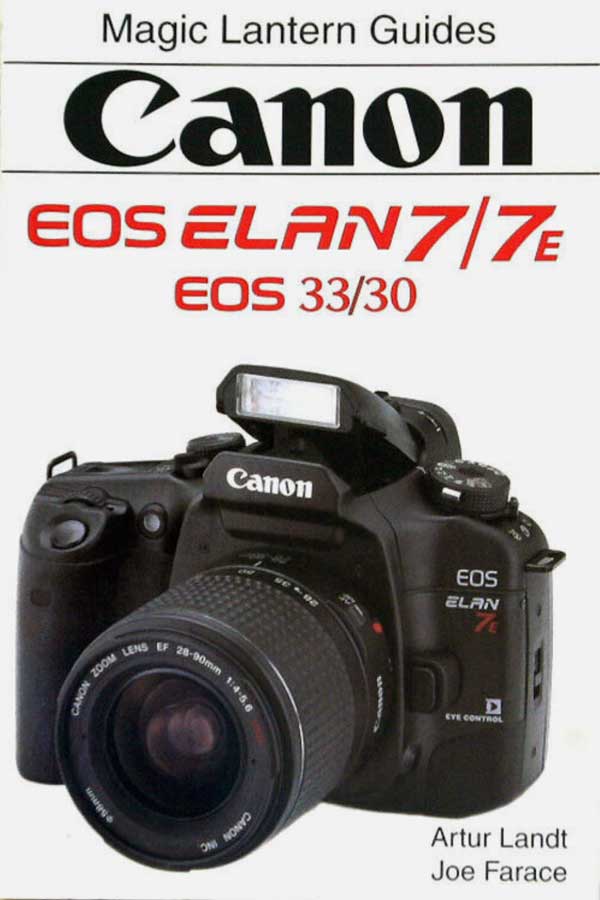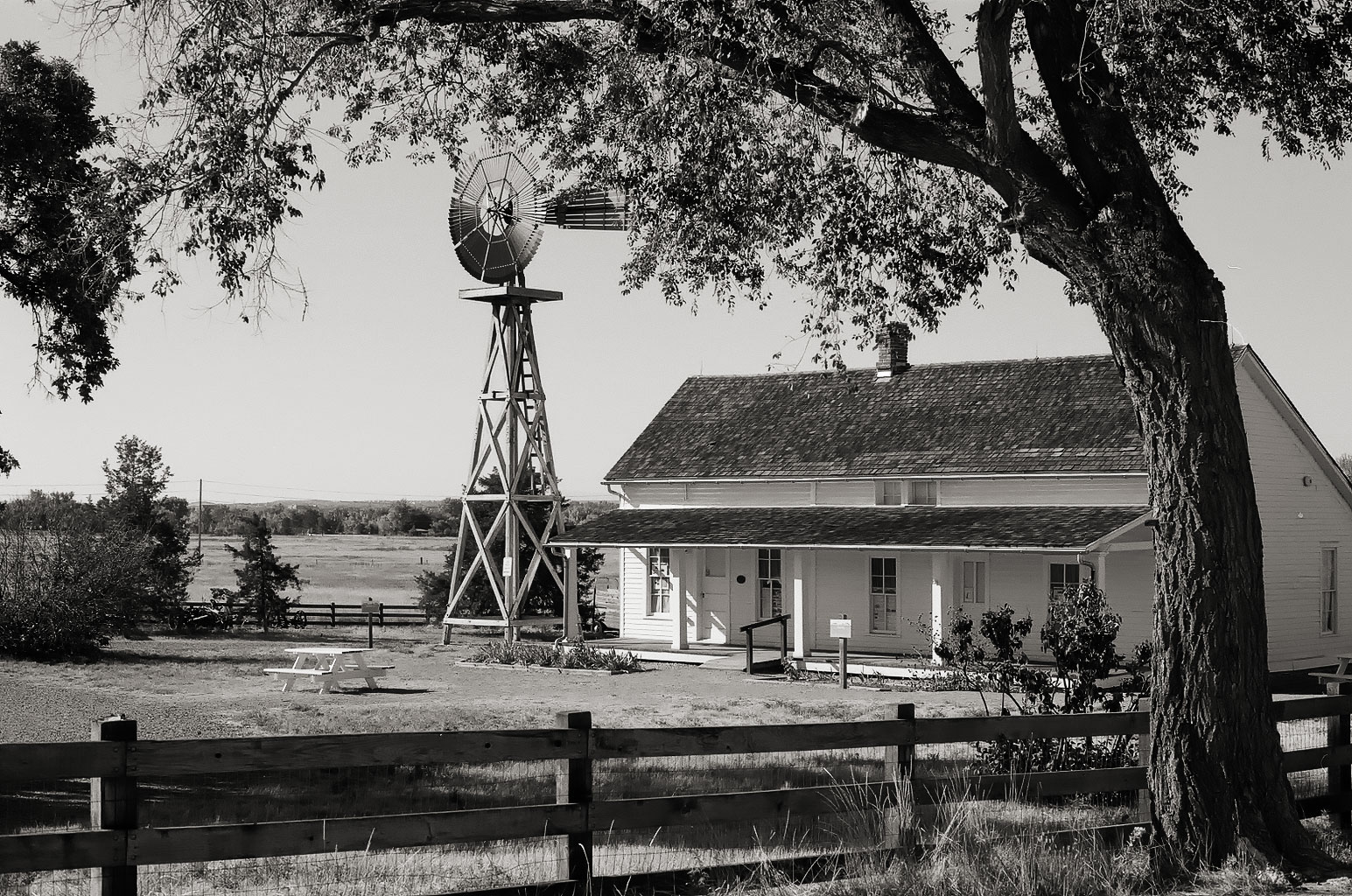Today’s Post by Joe Farace
If you want to change your photographs, you need to change cameras. Changing cameras means that your photographs will change. A really good camera has something I suppose you might describe as its own distinctive aura.— Nobuyoshi Araki
 The first Canon SLR I owned was a used EOS 650 that I picked up somewhere around 1990. At the time, I had kicked the Nikon habit and encouraged by an editor at Shutterbug magazine had become an enthusiastic Contax shooter. Selling my Contax gear was one of the things I regret most about my photographic life. As I moved into shooting Canon SLRs, I acquired an Elan 7E eye-controlled focusing SLR and ended up co-writing (with Artur Landt) the Magic Lantern Guide for the camera. Later I acquired an EOS-1v SLR but by the time the EOS D30 DSLR was launched in 2000, I was hopelessly hooked on digital capture.
The first Canon SLR I owned was a used EOS 650 that I picked up somewhere around 1990. At the time, I had kicked the Nikon habit and encouraged by an editor at Shutterbug magazine had become an enthusiastic Contax shooter. Selling my Contax gear was one of the things I regret most about my photographic life. As I moved into shooting Canon SLRs, I acquired an Elan 7E eye-controlled focusing SLR and ended up co-writing (with Artur Landt) the Magic Lantern Guide for the camera. Later I acquired an EOS-1v SLR but by the time the EOS D30 DSLR was launched in 2000, I was hopelessly hooked on digital capture.
The Camera
Flash forward: With my increasing focus on film photography I decided to buy a Canon film SLR especially one I’ve always desired—the legendary Canon F-1—and quickly discovered there were two kinds of F-1’s available: Cheap junk or expensive pristine models, especially the Lake Placid version I’ve always coveted since that would be the closest I would get to photographing the 1980 Winter Games. (It’s a long story…) So I switched gears and started looking for Canon AE-1’s, finding a really clean one on eBay in Japan .
The AE-1 is a 35mm SLR film camera with interchangeable lenses and was manufactured by Canon in Japan from April 1976 to 1984. During that time they sold more that 5.7 million cameras. That number make it an affordable gateway into film photography. An AE-1 body along with a winder and data back on eBay from Japan cost me $125 plus $45 shipping. (I received it in 3 days!) I bought a FD 50mm f/1.8 lens from Roberts Camera for fifty bucks. This was the second* film-based SLR I bought from Japan and the camera and lens have been an absolutely stellar performer. You can read more details about the AE-1 on this blog post.
My favorite A-series Canon film SLR is actually the A-1 because, I think, and many people agree, that it’s the most professional of Canon’s A-series. When compared to the AE-1, it’s also the most complex to use for new film photographers because of it’s many modes and increased capabilities. Interestingly I think the prices on the used marketplace for the A-1 and AE-1 are similar, the difference being the AE-1 is simple to operate for even the most inexperienced shooter. If you want to give film photography a try, you can’t go wrong with a Canon AE-1. Tip: As soon as you get the camera run a roll through it and have it processed to make sure it works properly. Tip 2: Make sure the eBay seller allows returns.

How I made this shot: I made this image at 17-Mile House near Parker, Colorado. This is part of a 70-acre open space that includes an 1860’s “mile house,” barn, windmills and silo and is located along the historic Smoky Hill/Cherokee Trail route to Denver. The farmhouse was originally a log cabin and some portions of it can still be seen. The camera used to make this photograph was a Canon AE-1 with FD 50mm f/1.8 lens and was loaded with Ilford’s HP 5 Plus film.
The Film
Ilford’s HP emulsion is a cubic-grain black-and-white film that has a long history. It was originally formulated in 1931 as Hypersensitive Panchromatic plates and since then progressed through a number of different versions, HP5 PLUS being the latest. It’s a medium contrast, all-purpose black and white film that’s ideal for action, documentary and available light photography. It has a wide exposure latitude and should be useful when shot under different kinds of lighting conditions.
To me, HP5 PLUS seems slightly grainier than Kodak’s Tri-X but not excessively so. It’s also seems less contrasty and more sensitive to exposure. It might actually look better at ISO 200, something I want to test real soon now. Shooting with a 40-year old camera can produce the biggest variable in exposure but the only way you can be certain is having consistent processing and that’s best accomplished by doing it yourself. But I haven’t done that, at least not yet.
PostScript. Some readers have asked me about what it’s like to purchase a camera from Japan and if I thought that was a good idea. The first camera I bought from Japan was a Yashica FX-3 Super 2000 that turned out to be a piece of junk. That’s where the two tips above come in handy. The process of buying cameras from Japan can be fun (or not) but will always be interesting if only because of language and cultural differences. I created a video on this topic and you can see it on my YouTube channel by clicking here.